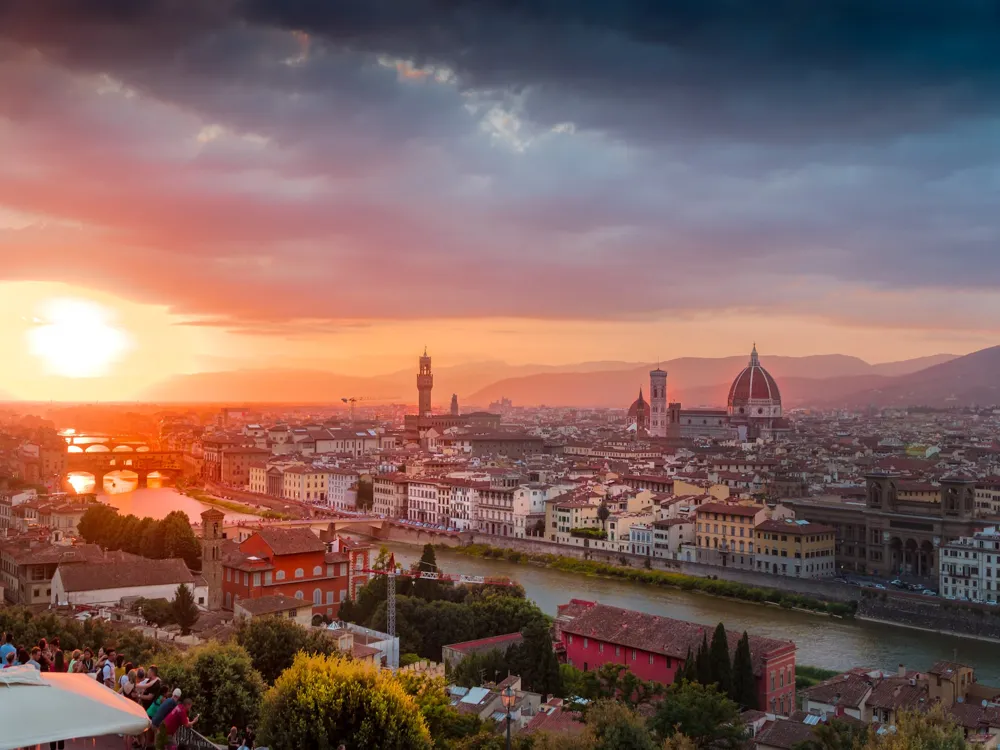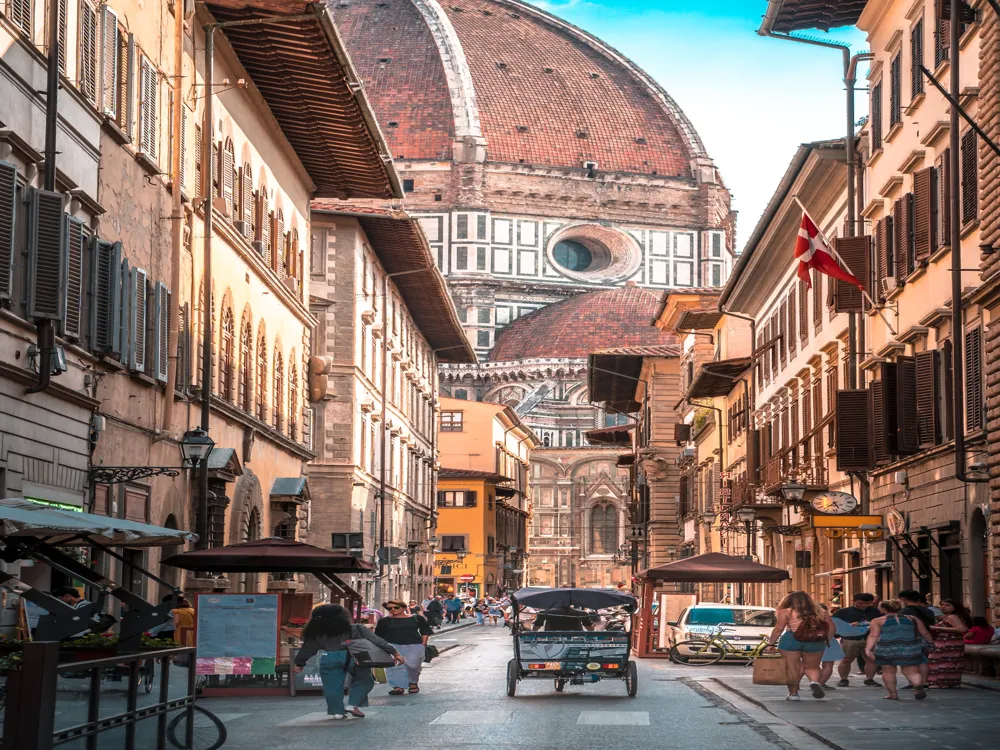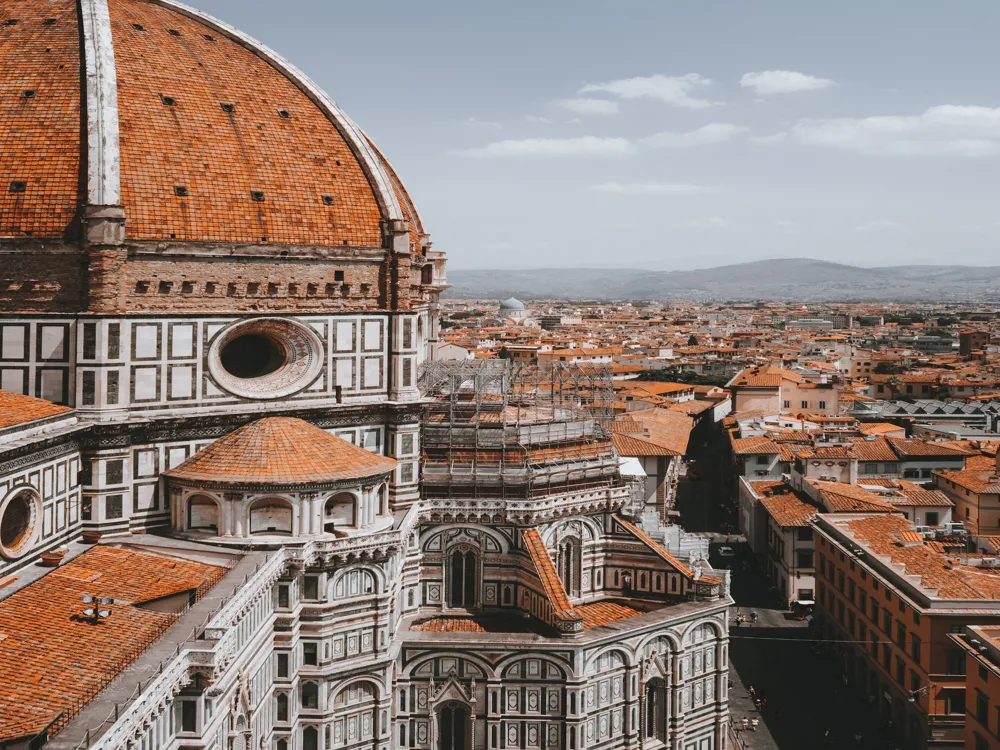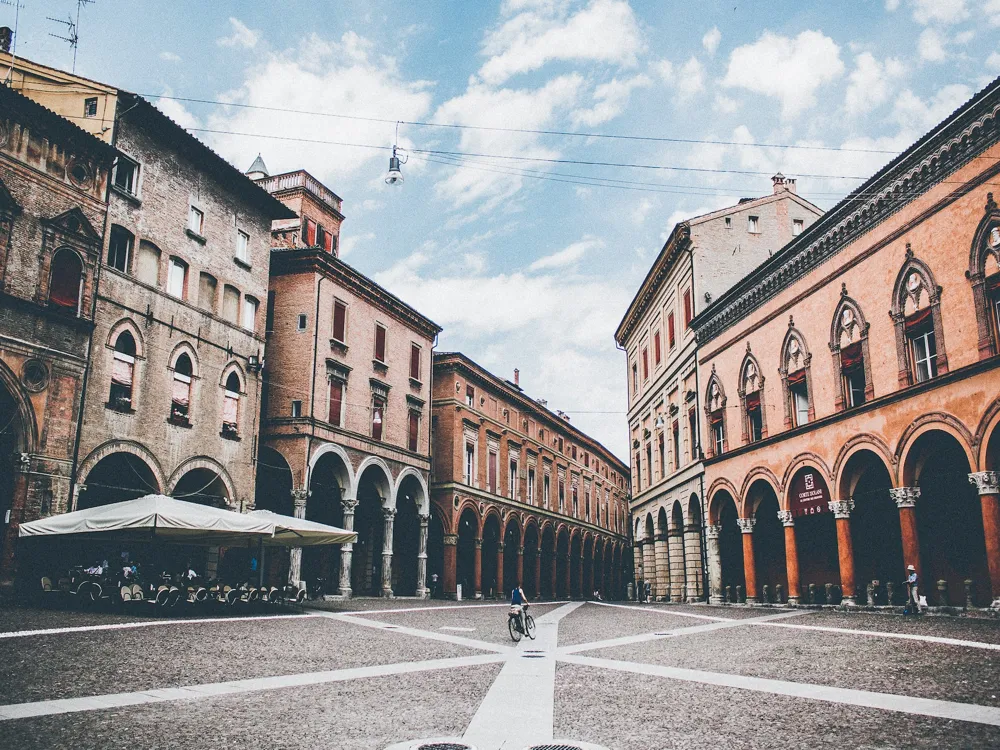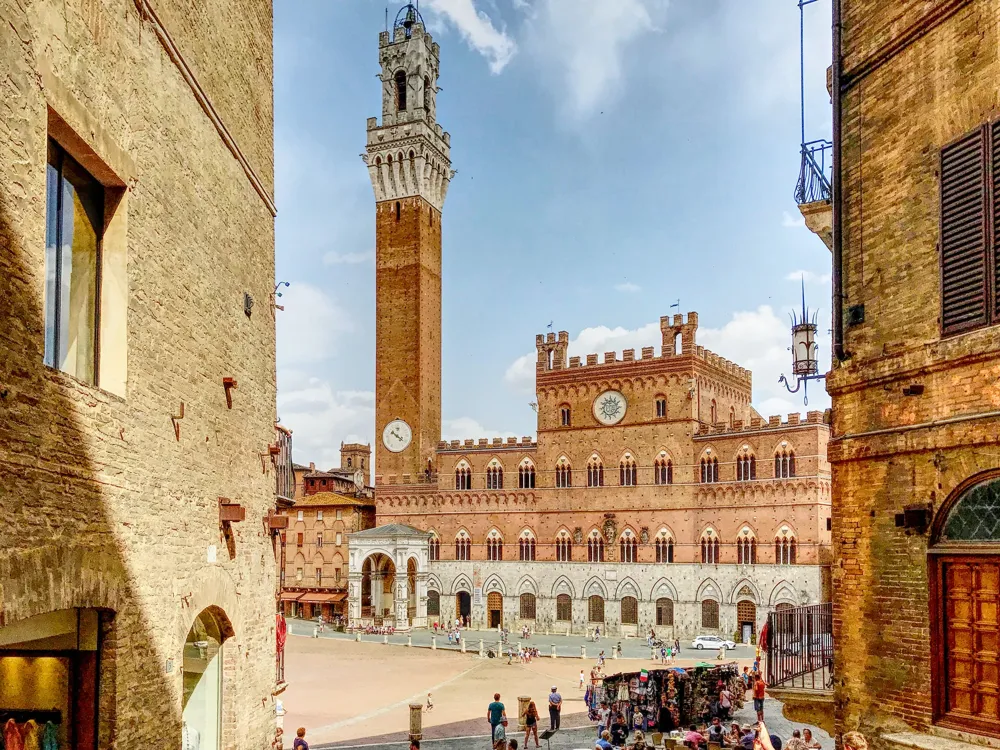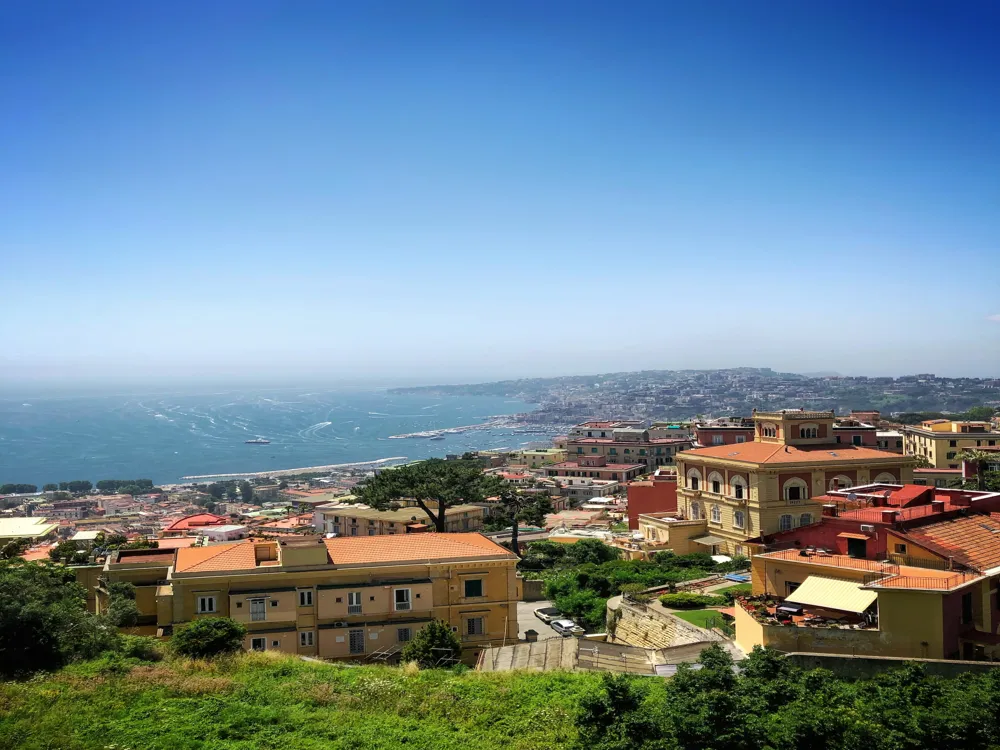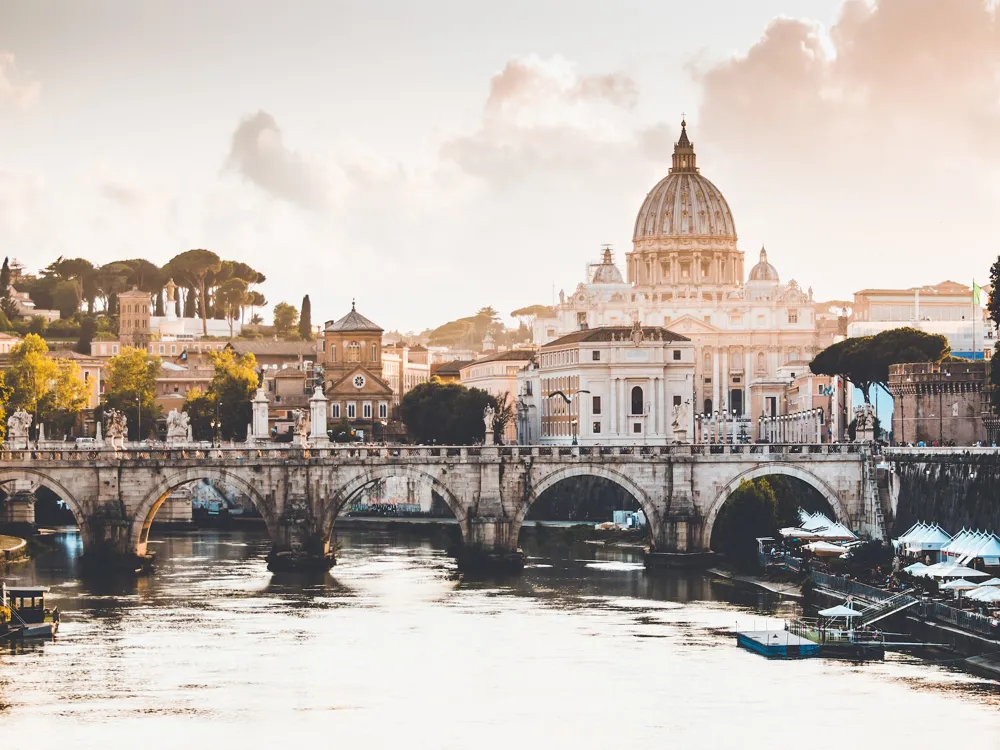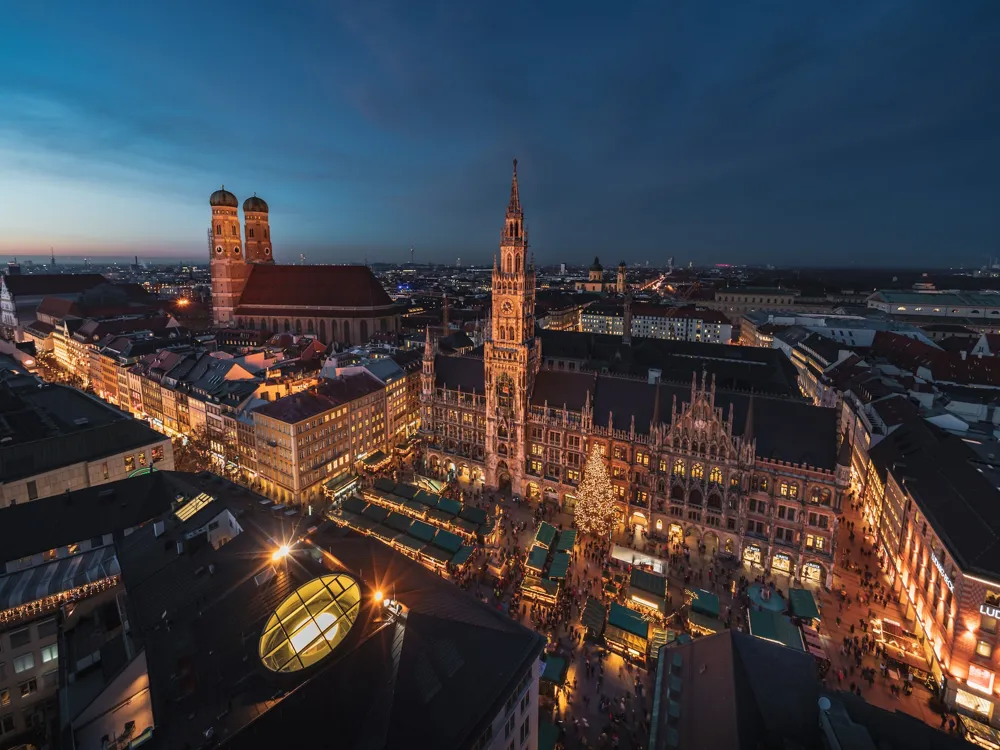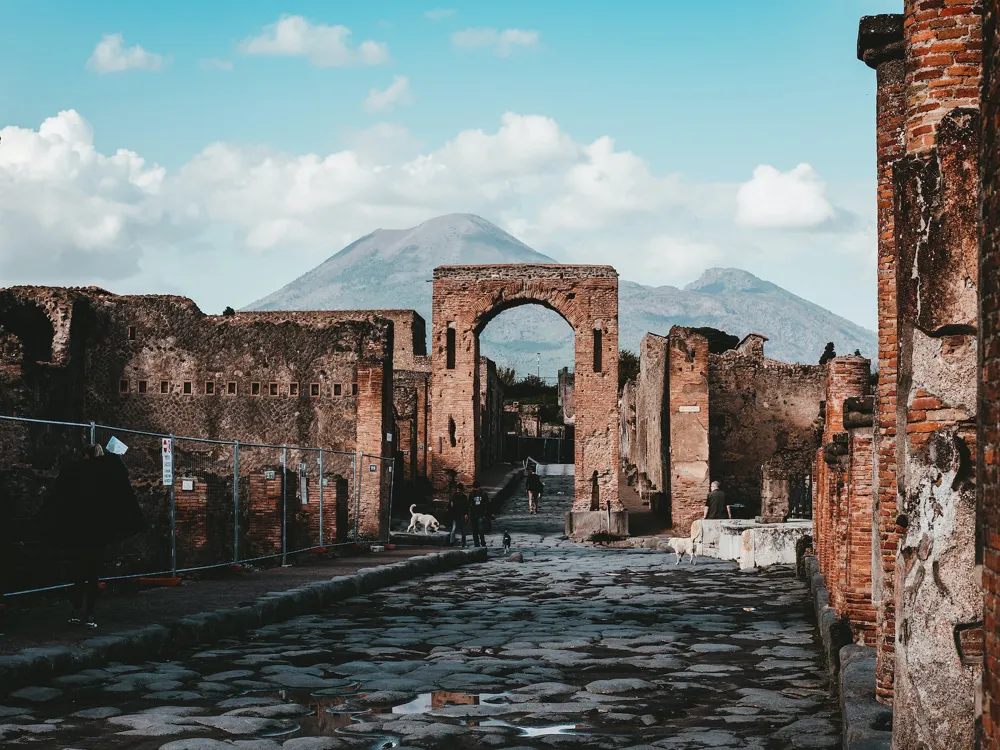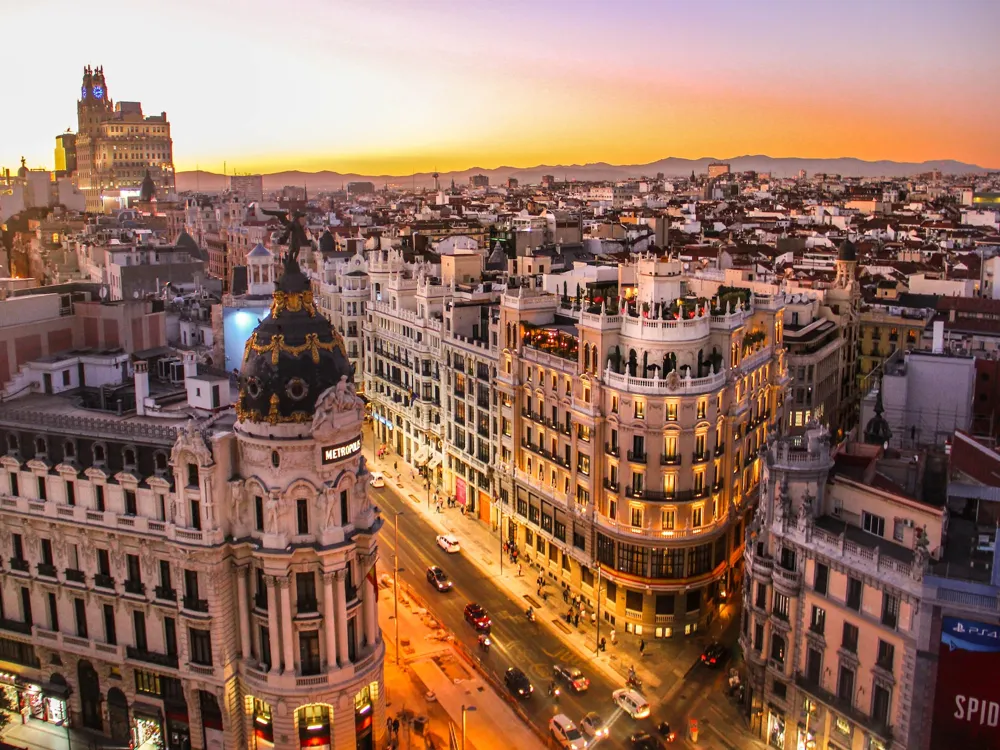Plan Your Travel To Florence
Places To Visit In Florence
Corridoio Vasariano
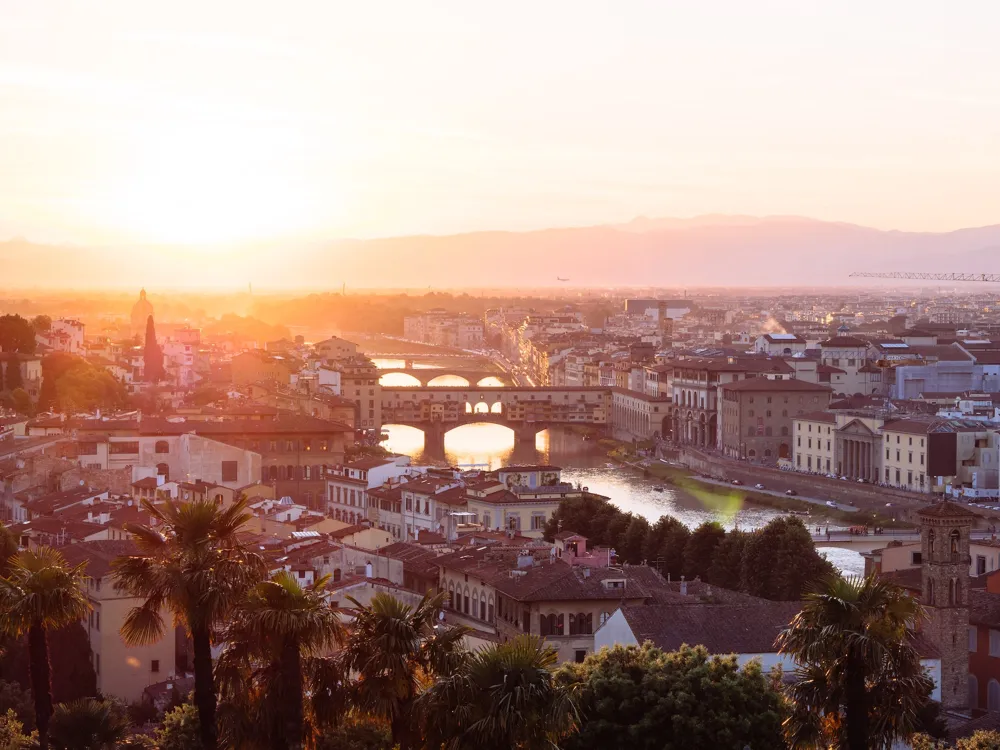
The Corridoio Vasario, which translates to the Vasari Corridor, is an enclosed tunnel connecting the Palazzo Vecchio with the Uffizi Gallery to the Palazzo Pitti. The Corridor entrance is located on the first floor of the Uffizi Gallery. The passage is 1 km long, and tiny windows offer a view of the roads and the Arno River underneath.
It is hung with 17th-century art pieces such as self-portraits of Andrea del Sarto, Rubens, Rembrandt, and Canova, acquired by the Medicis. Cosimo Ⅰ de Medici was the one who ordered the construction of such a passageway; he was a duke and wanted to connect his place of residence, the Palazzo Pitti, to the Palazzo Vecchio, the government palace. A small carriage was arranged for the Medici and their guests to traverse the 1 km-long passage. It was designed by the skilled architect Giorgio Vasari. Unfortunately, the Corridor has been damaged many times, once during the bombings in World War in 1944 and again when the Italian mafia bombed it in 1993. It was then set up for renovations worth EUR 10 million.
Read More
Fiesole Hills
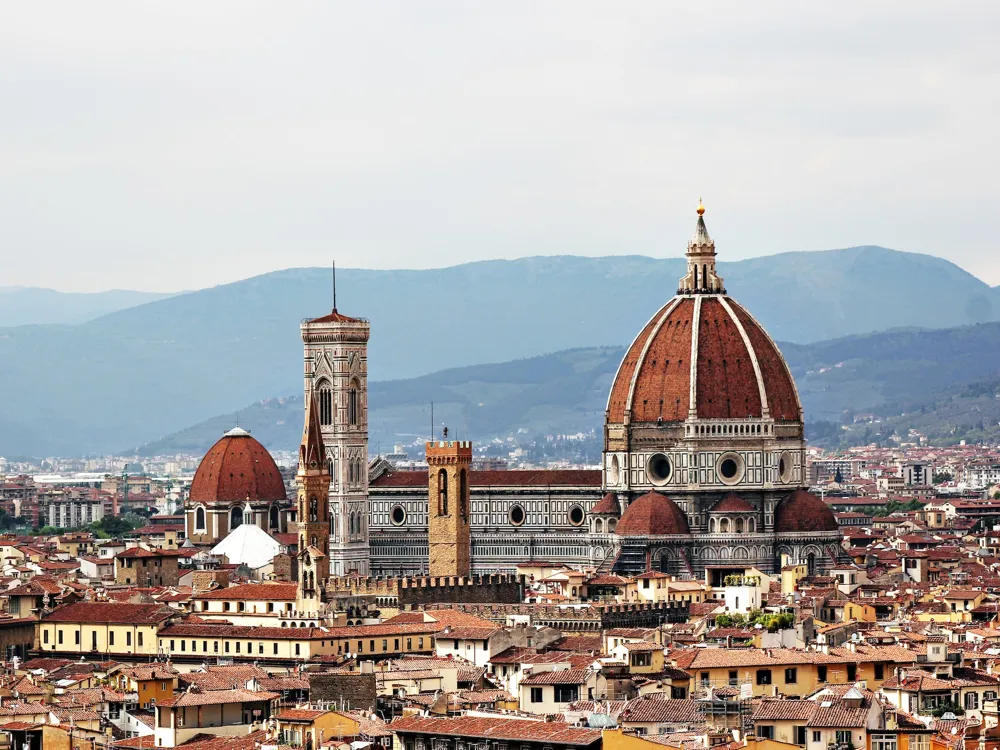
Fiesole is a town located atop a hill, 9km to the Northeast of Florence. This is a nature escape shrouded by olive groves. There are many historical and architectural points of interest here, such as the Etruscan-Roman Archaeological area, the San Francesco Monastery, the Bandini Museum, etc. You will also find restaurants, cafes and bars here. In addition, this elevated region offers spectacular views of the city down below.
The Etruscan-Roman archaeological area is an ancient 2nd-century site with a Roman bath and amphitheatre. The Civic museum here has artefacts dating back to the Roman and Etruscan periods. The Bandini museum nearby has a collection of 12th-14th century Florentine paintings by artists like Bernardo Daddian and beautiful terracotta artworks. The main square in Fiesole is where the duomo containing the shrine of St. Romulus is. A steep walk from here leads to San Francesco, where a marvellous view of the city beneath awaits. It is an unmissable view if you decide on going to Fiesole. Another attraction here is the Vincigliata castle, an ancient medieval castle. Atop the hill is the place where Leonardo da Vinci is believed to have first tried out his flying machine in 1506.
Read More
Fontana del Porcellino
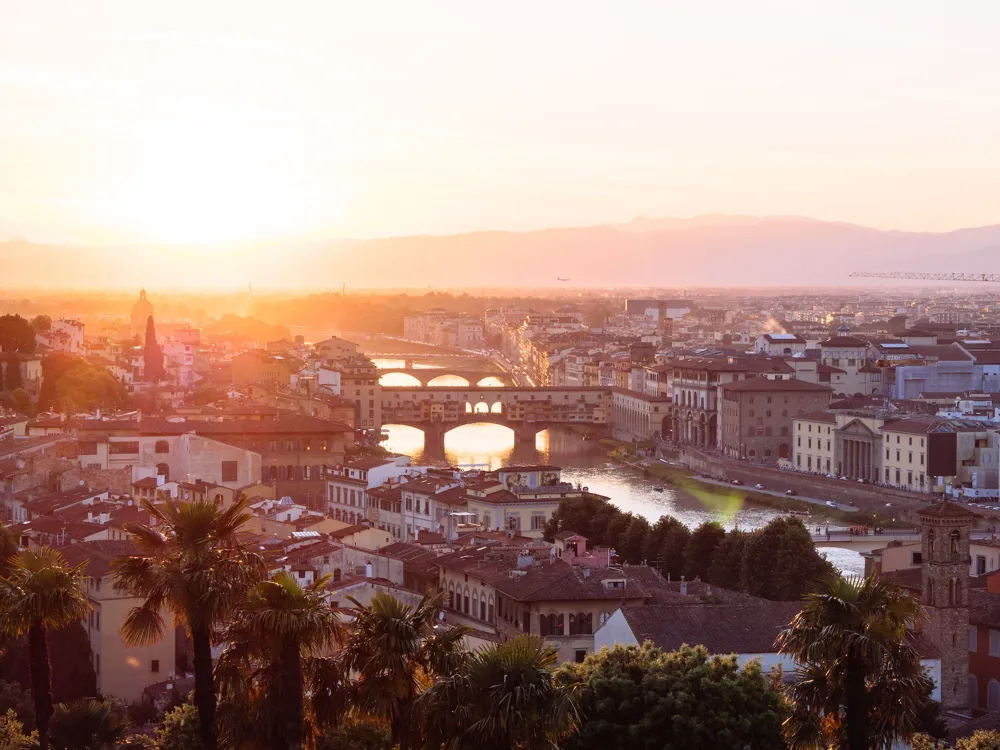
The Fontana del Porcellin is a boar-shaped bronze fountain located in the Piazza del Mercato Nuovo in Florence. Compared to the rest of the boar, its snout is shiny and a little worn. This is because every day, visitors stroke its nose wishing for good fortune.
According to legend, you will return to Florence if you do so. The complete ritual includes dropping a coin between its jaws, which should then fall inside the grating below while touching its nose. This is supposed to bring you good luck. Remember to slide the coin correctly into the grating on your first try itself; you only get one chance for good fortune! The fountain was created by Pietro Tacca, a pupil of Giambologna, in 1612. It was commissioned by Cosimo Ⅱ and purportedly represented the Calydonian Boar o Greek myth. The original used to be broken into by thieves who stole the coins stuck inside it, so it was relocated to the Bardini Museum. The one in the Mercato Nuovo is a replica. There are many replicas of this fountain found across the world. The sculpture has also made on-screen appearances in some Harry Potter movies and the 2001 Hannibal.
Read More
Forte di Belvedere
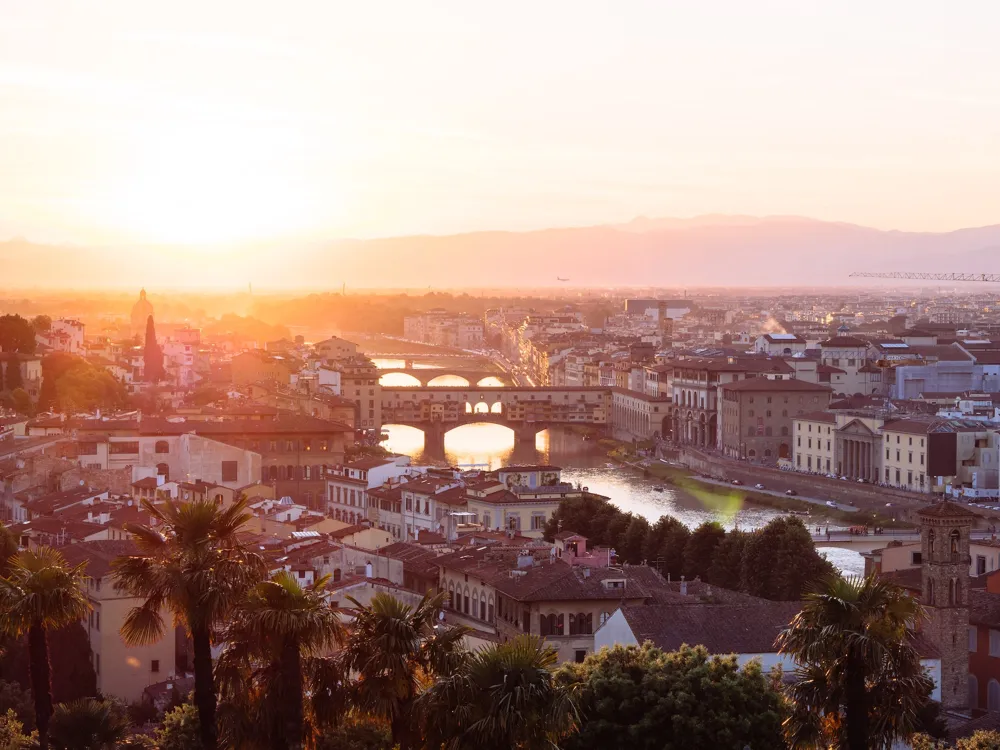
The Forte di Belvedere is located on the highest hill, adjoining the Boboli Gardens, in the Quarter of San Niccolo, Florence. The fort’s name is quite literal; it is belvedere and offers breathtaking views, and is situated on higher ground.
It hosts contemporary art exhibits throughout the year. Fun fact for pop culture fans—this is where Kim Kardashian and Kanye West got married in 2014! The fort was constructed in the sixteenth century by Duke Fernandino Ⅰ de Medici. The fort was designed by Bernardo Buontalenti, who is also the inventor of gelato. It was strategically built near the Pitti Palace and the Boboli Gardens, so the Medicis could escape in case of foreign attacks or even an internal revolution. In 1951, the Italian Army donated the fort to the city. Galileo often visited this fort, home to many of his discoveries.
Read More
Galleria dell’Accademia
The Galleria dell'Accademia is a historic art museum on Via Ricasoli in Florence. The Galleria is home to Michelangelo's David, one of the most remarkable artworks from the Renaissance period. It showcases the works from Domenico Ghirlandaio, Pontormo, Andrea del Sarto, Alessandro Allori and Orcagna.
Other than thisDavid, Giambologna's Rape of the Sabine Women and Sandro Botticelli's Madonna and Child and Madonna of the Sea are very famous. This museum is a must for art lovers and contains artwork from splendid artists. The Tribune is where the sculpture David is situated. In the Hall of the Prisoners are some of Michelangelo's unfinished works, like Slaves, and in the Hall of the Colossus are Botticelli's Madonna of the Sea and Giambologna's Rape of the Sabine Women. There's also the Museum of Musical Instruments and a section dedicated to Gothic paintings inside the Galleria. Late 14th-century art is displayed on the upper floor.
Read More
Rose Garden
The Rose Garden of Florence is a stunning spectacle housing around 400 different types of roses. The Garden is situated in Viale Giuseppe Poggi, close to Piazzale Michelangelo, and from there, one can enjoy a picturesque overview of the entire historic centre, a Unesco World Heritage Site, which also includes the Garden itself.
The Garden is a perfect spot for a romantic stroll or a quick break in a lush sanctuary with a sweeping perspective of the city. The area is roughly one hectare in size and is bounded by the modern Viale Poggi, route di San Salvatore, and through dei Bastioni. Apart from 400 different varieties of roses, lemons and other plants, make up a total of around 1,200 plants in the garden. Previously the garden was only accessible to the public for a brief period in the spring, but now is accesible throughout the year, every day from 9 am until sunset.
Read More
Leaning Tower
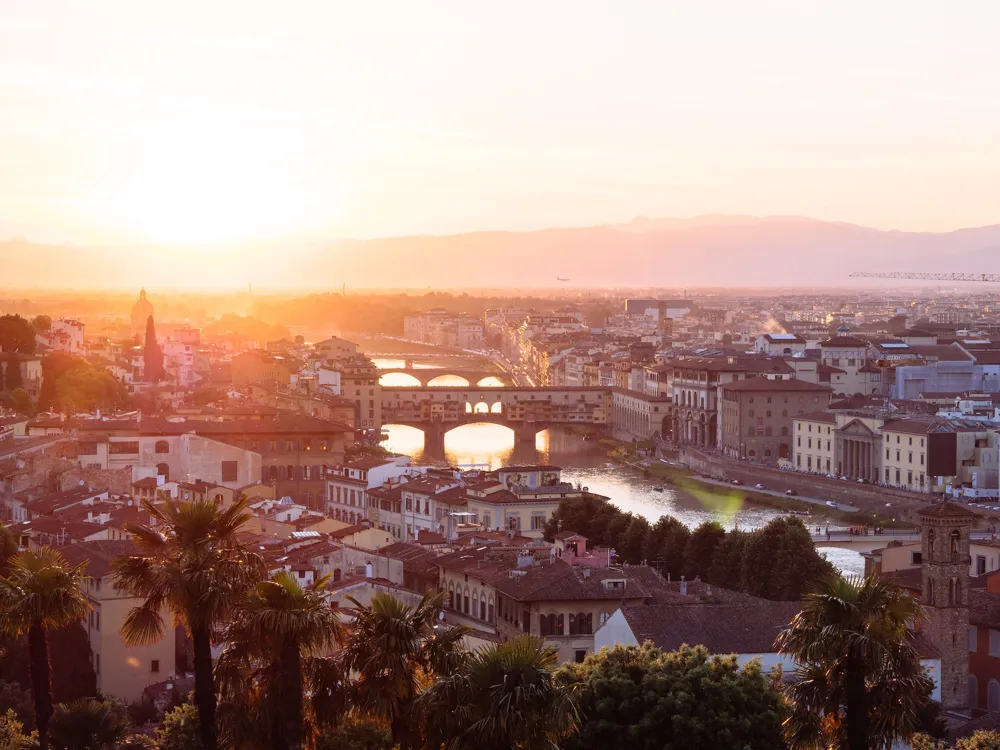
The Leaning Tower of Pisa is a bell tower located in Pisa, Italy, widely known for its distinctive tilt, caused due to an unstable foundation making it one of the most famous landmarks in the world. Despite its tilt, the 56.67 meters tall tower has remained standing for over 800 years and is now an important architectural landmark.
People visit the Leaning Tower of Pisa to admire its distinctive tilt, learn about its history and architecture, and climb to the top and soak in the panoramic views of the city and its surroundings. The tower is located in the Piazza dei Miracoli, which also houses other important monuments, including the Cathedral of Pisa, The Museo delle Sinopie, The Camposanto Monumentale, and the Baptistery, making it a popular destination for tourists.
Read More
Museo di San Marco
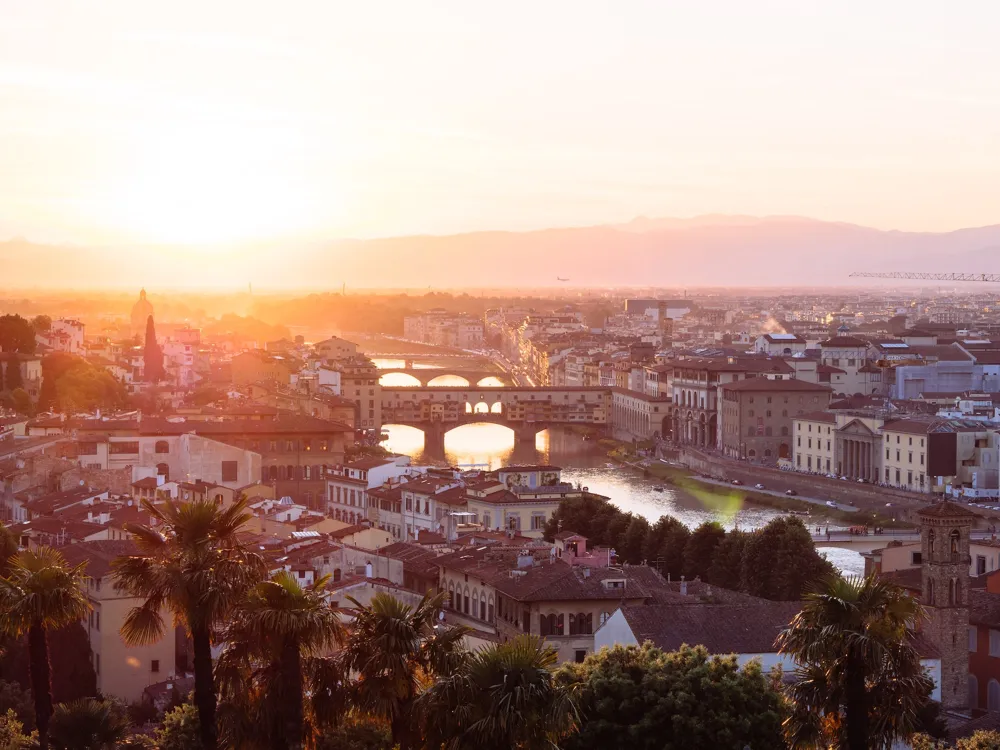
The Museo di San Marco is a museum located in Piazza San Marco in Florence. It is known for its fine architecture and impressive frescoes, the works of the talented painter and monk Fra Angelico. The museum makes for an excellent visit for those interested in Renaissance art.
The striking facade of the museum can be accredited to Michelezzo, who Cosimo de Medici appointed in the 15th century. It was initially a convent and the house of Fra Girolamo Savonarola. To commemorate his wonderful religious paintings, Fra' Angelico was made a saint in 1984. There are many beautiful cloisters in this museum, all the works of Michelezzo. The pilgrim's stopover was a resting space for pilgrims and now has three spectacular paintings of Fra Angelico on display. Fra Angelico's world-famous Annunciation can be found on the first floor. In addition, the Refectory has the notable 'The Last Supper' painting by Ghirlandaio. Also, don't miss the sleeping cells, which are covered in stunning frescos depicting the life of Jesus.
Read More
Museo Galileo
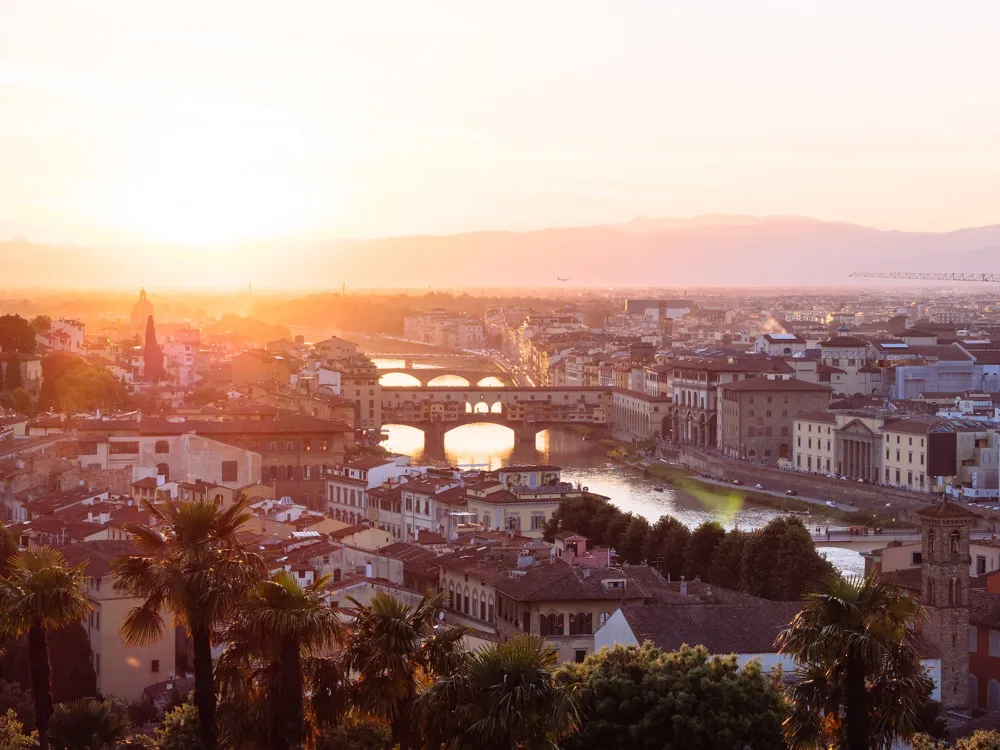
The Museo Galileo is a science and history museum in the Piazza dei Giudici in Florence. The museum has a collection of significant scientific discoveries dedicated to the gifted Pisa-born scientist Galileo. The most well-known Galileo telescope is present here.
Another noteworthy instrument is Evangelista Toricelli's Mercury Barometer, designed by him in 1643. Cosimo Ⅰ, the Medicis and the Lorraine dynasty have donated most of the ancient scientific instruments to the museum. These instruments include clocks, telescopes, globes, and so on. Interactive exhibits allow us actually to know how some of these worked. Galileo's two of his fingers and a tooth are present in the museum.
Read More
Museo Nazionale del Bargello
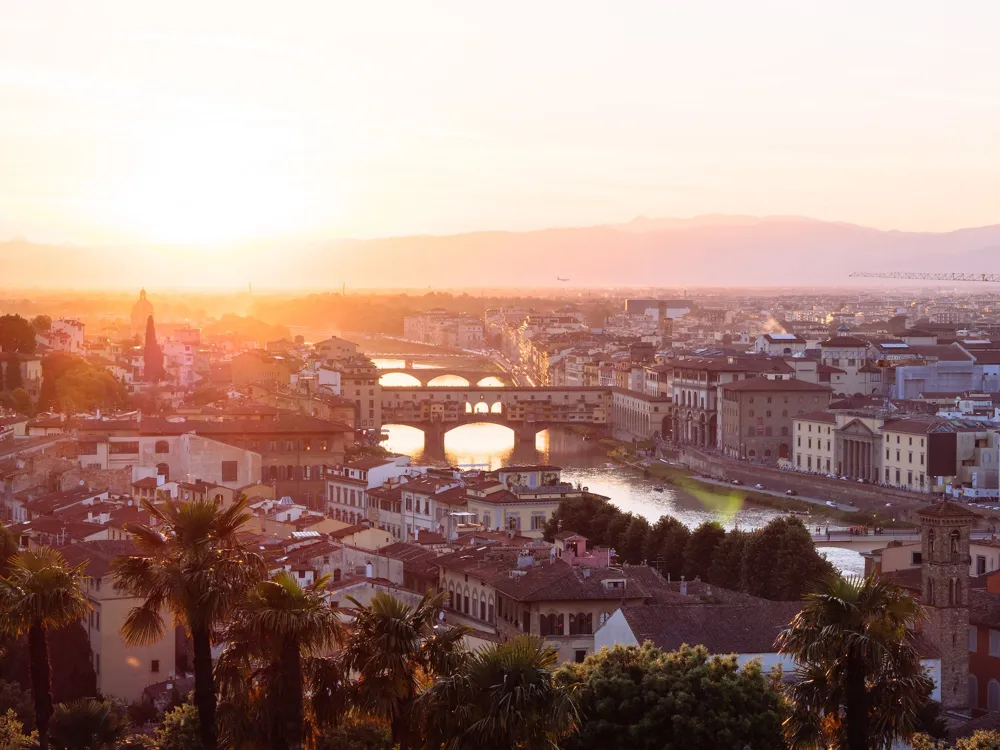
The Museo Nazionale del Bargello is a Renaissance art museum located on the Via del Proconsolo in Florence. The Bargello has a collection of spectacular sculptures and bronze works by some prominent artists. There are weapons, armors, medals, etc., on display here, too.
Formerly a palace, the museum was built in 1865 and is one of Italy’s first national museums. The museum has three floors. Bacchus is located in the Michelangelo Room and his two other art pieces, Brutus and Mary and Child. You will also find Cellini and Giambologna’s works here. The Salone del Consiglio, now called the Donatello Room, houses Donatello’s famous David and Saint George. In addition, there are other ivory and enamel artefacts, jewellery, tapestries, and the Medici medals in the museum.
Read More
Florence Travel Packages
View All Travel Packages Florence
Nearby Places Florence
Browse Package Collections
Browse Hotel Collections









